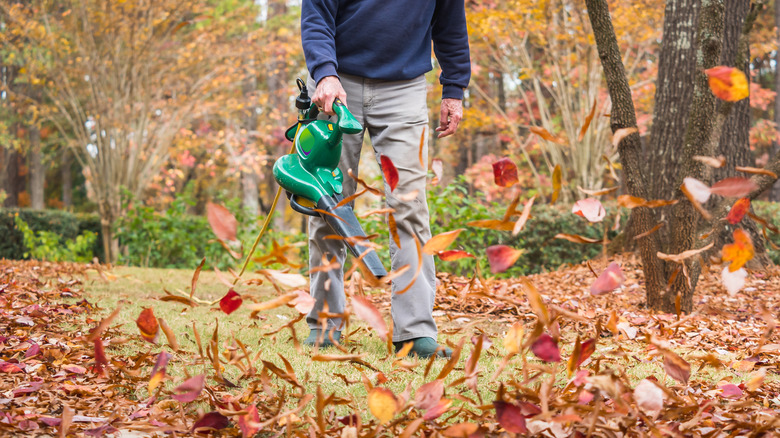iNaturalist/Wikimedia Commons
Lawn shrimps (aka fairy shrimps, grass shrimps, lawn prawns, or land hoppers), scientifically known as land-based amphipods, are intriguing and often misunderstood creatures that can be found in gardens and lawns. At first glance, these tiny crustaceans might be mistaken for small insects due to their size and swift movements. Typically measuring around 1/4 inch in length, lawn shrimps exhibit a distinctive curved body shape, resembling a miniature shrimp, hence the name. Now, the question arises: Are these little crustaceans helpful or harmful to your lawn and garden?
These crustaceans are generally benign scavengers and, in fact, can be beneficial to your garden. Lawn shrimps thrive in damp conditions, playing a role in breaking down decaying organic matter. However, in certain situations, their population can explode, causing damage to grass and vegetation. Additionally, when it’s too dry out, lawn shrimps may seek refuge in swimming pools or even invade homes, becoming a nuisance. Their translucent bodies and distinct, arched shape might lead some to mistake them for pests. In reality, these creatures are more closely related to aquatic shrimp than to garden pests like aphids or mites.
Lawn shrimp lifecycle and solutions if they become a nuisance

Understanding the lifecycle and behavior of lawn shrimps is key to managing their presence effectively. These crustaceans undergo a simple lifecycle, involving eggs, several molts, and reaching maturity within a few weeks. They prefer moist (but not overly wet) environments. They die quickly when conditions are dry, turning pink or red in the process. Lawn shrimps primarily feed on decaying plant material, fungi, and algae, contributing to the natural decomposition process in your garden. However, when their population surges, they can cause damage by feeding on the roots of grass and other plants.
To prevent lawn shrimp from becoming a nuisance, ensure proper drainage in your garden and avoid overwatering. If their numbers become problematic, introducing natural predators like ground beetles or adjusting irrigation practices so the soil has time to dry out can help discourage them from taking up residence in your yard. If you encounter them in large numbers, you may use a leaf blower to drive them away or simply sweep them off your lawn and dispose of them. Chemical treatments are rarely necessary and should be considered only as a last resort due to their potential impact on the overall ecosystem. By understanding the biology and habits of lawn shrimps, gardeners can coexist with these tiny creatures while preserving the health of their lawns and gardens.